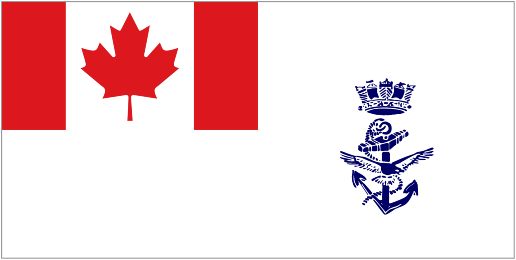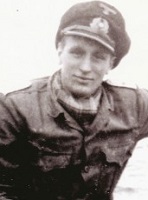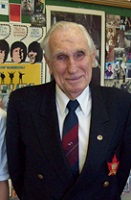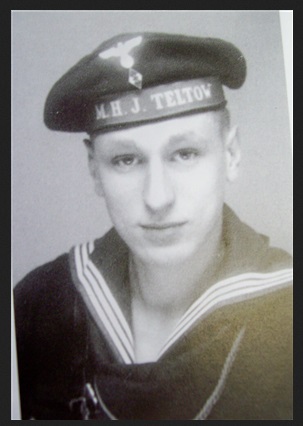|
A Royal Canadian Navy Historical Project
In memory of those who have Crossed the Bar
HIRSCHMANN, Werner - Died peacefully in his sleep, age 96, on November 7, 2019, at Toronto Western Hospital, with wife Diana at his side. Born in Düsseldorf, Germany in 1923, Werner emigrated after spending time as a prisoner of war in Gravenhurst. In Canada, he leveraged his math and physics degree to become a computing pioneer, helping shape the industry during his time at the University of Toronto, KPMG, the Bank of Montreal, and the City of Toronto. Werner had a lifelong passion for the sea, nurtured under the Atlantic ocean as Chief Engineer on several U-Boats including the U-190, above water sailing on Lake Ontario aboard Anita and the Thieving Magpie, and on land through his connections to the Canadian Navy, the NAC, the RCMI, and the Esquimalt Association. Werner is survived by a constellation of family: son Mike (Wendy), from his first marriage to Ruth; Mike's children Steve (Julie), Tyler (Suzan), Samantha (Chris), and Niki (Jon); and their children Naomi, Maeve, Chase, Connor, Brooklyn, Emmerson and Jacob. He is also survived by a son from his marriage to Diana: Thomas (Sarah), with children Wilhem and Edie. As Werner would always say when the entire family gathered, 'this is all because of me.' Please join us in gathering, one more time, 'all because of Werner,' at The Boulevard Club, Saturday, November 23rd, 2 p.m. - 4 p.m. (Globe and Mail 13 Nov 2019)
The Memory Project: My name is Werner Hirschmann and I was born in March 1923 in Dusseldorf, in Germany. Every German submarine had four commissioned officers. The commanding officer, two watch officers and the chief engineer. The chief engineer was usually the highest seniority after the commanding officer, so if the commanding officer was incapacitated, the chief engineer would take over.
I was at that time, of course, not even 20 and having this responsible job; and I was responsible for the life of over 50 people, was really very, very satisfying. I was then transferred again as chief engineer to a large ocean-going submarine stationed in Lorient in France. And that was the U-190 [Unterseeboot 190, a German submarine].
We got a new device installed on the submarine, the so-called snorkel, a mast of the length of the periscope which allowed us to suck air in while being submerged and enabling to run our diesel engines to charge the batteries without having to surface and expose ourselves to enemy aircraft. So that snorkel was really the device which enabled us to survive during the last half of the year and the beginning of 1945.
We were ready to go out again in February 1945 and embarked on the last mission, which took us to Halifax, where we operated for something like 50 days underwater, looking for cargo ships, to sink them, but which weren’t there anymore ? they had been transferred to other ports. So we were really idling around there outside Halifax all this time. Then came the day when we had a feeling, being underwater, we were being picked up by ASDICs, the echo sounding device the Allies used to find submerged submarines, and which could be heard inside the submarine. So we had the feeling we had been picked up and found by a warship. We came up to the surface and saw a small warship approaching us at high speed. At which time, we sort of simply, in a mode of defense, shot one torpedo, an acoustic torpedo [aimed via sound waves emitted by its target], which hit that warship and sank it. And that was the HMCS Esquimalt, the last Canadian warship sunk during the war.
This was routine. There was nothing very special about it. This is what we have been trained to do, and so one step followed the next one; and in the end, after we knew the Esquimalt was gone, we felt relatively safer then; and we were happy that we were still alive. This was sort of the, the tragedy of it. We assumed they had found us, but in actuality, they did not.
We went as far in shore as we could and put ourselves at the bottom to switch off all our equipment, not to make any noise and simply wait out what may happen. And being fully aware that being that close in shore, the [Royal] Canadian Navy had some many difficulties in finding us for the simple reason that the bottom of the ocean, at that place, is so covered with all kinds of metallic debris that the ASDIC operators in Canadian warships had a heck of a time in sorting out what echo might be a submarine and what echo might be simply be a lost anchor or tin cans, or whatever. So we felt quite safe there, that nobody would find us and we were quite justified in that assumption because nobody did and, a few days later, we went back on normal operations.
At the end of April, we ran out of food and fuel; and we had to stop our return to Germany to make it to get there. That was the end of April. So we turned east, we left the Halifax area and about 300 miles southeast of Newfoundland, we received the order by radio from the German high command to surface, to tell the world in open language who we were and where we were, throw our ammunition overboard and wait for things to happen. In other words, for us, the war was over at that time.
The following night, we were picked up by two Canadian warships, HMCS Thorlock and HMCS Victoriaville, who intercepted us and took all the crew off our submarine except for myself, the chief engineer, and ten people to keep the boat running. In exchange, we had about 30 Canadian sailors on our submarine and we spent the next three days traveling to Bay Bulls, that’s south of St. John’s in Newfoundland. We arrived I think on the fourteenth of May. (source: The Memory Project - Veteran's Stories)
Ships served in:
Cadet Hirschmann
|
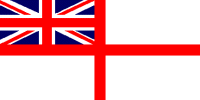 For Posterity's Sake
For Posterity's Sake 